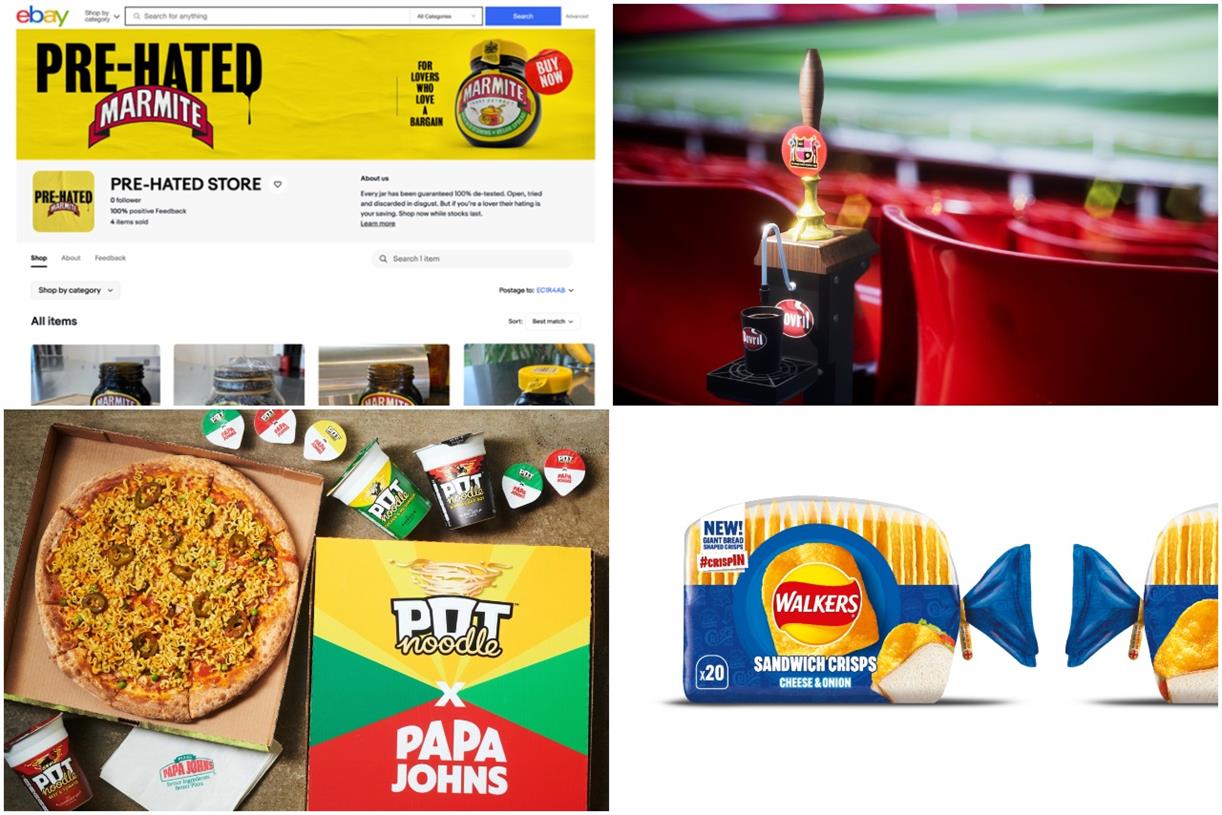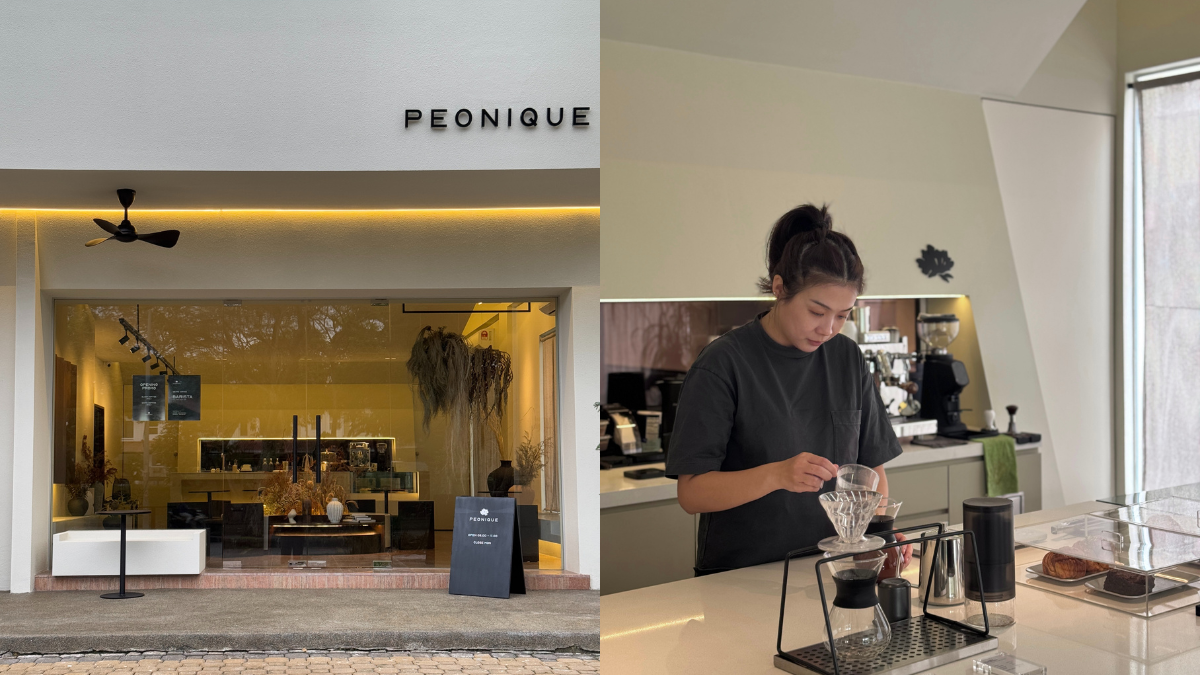Give People What They Want: Using Audience Insights To Create Marketing Initiatives
A vital lesson every marketer must learn at some point is this: Pay attention to your audience insights to learn what your customers want. Do this successfully with these tips and tricks.

As marketers, we’re experts in all things advertising, digital engagement and research. While we may not want to admit it though, we can still get things wrong.
Gasp!
We know this isn’t easy to hear, but advertising professionals do need to acknowledge that our customers know themselves better than we ever will. While we try and try to get inside their brains, there’s only one way to truly understand why our target audience does what they do: Market research.
But it’s not enough to collect data on your users — you must also do something with that information.
Want to know how you can use audience insights to guide new marketing initiatives? We’re covering that and more — just keep reading.
Using Audience Insights: Tips for Creating New, Data-Driven Marketing Initiatives
After you’ve done the hard work of collecting insights on your target audience, you can use that information in several ways. But, ultimately, you should use those metrics to create strategic marketing campaigns. And the path you choose doesn’t need to be the trail most taken.
Creating new marketing initiatives based on your audience insights can lead to more effective and relevant campaigns that resonate with your customers. Here are some ways you can use gathered data to build new marketing projects:
Identify Unmet Needs and Audience Pain Points
One of the most constructive uses of market research is to not only look at successes, but to discover gaps that could be filled. Do you notice patterns of frustration or consistent comments about a particular lack of a product or service offering? Then, that’s a great place to start putting marketing dollars. Develop advertising projects that address these specific challenges to better position your company as a solution.
Spot Emerging Trends
New fads rise and fall all the time, and you can benefit from them if you pay attention. Keep an eye on your audience’s behavior and preferences over a marked period of time to pick up on current or upcoming trends in your industry. Then, use these insights to create timely marketing campaigns that capitalize on these recently developed opportunities. This is extremely important for social media marketing, which is generally based on popular cultural movements or trending topics.
Focus On Segmentation
With your market research in tow, you can better understand who it is that you serve. Even if the common denominator between your customers is that they engage with your brand, they can still be broken down into smaller, more focused groups. This enables you to create more tailored marketing initiatives that will resonate with different audience segments, delivering messaging, offers and posts that speak directly to each section’s individual interests and needs.
Subscribe to
The Content Marketer
Get weekly insights, advice and opinions about all things digital marketing.
Thanks for subscribing! Keep an eye out for a Welcome email from us shortly. If you don’t see it come through, check your spam folder and mark the email as “not spam.”
Companies That Have Gotten Market Research Right
While every business has unique audiences, resulting in vastly different market research insights, all brands can benefit from strategically utiling gathered data. Here are a few organizations that really hit the nail on the head with their market research:
Fender
If you are one of the thousands of people who have taken up guitar only to lose interest shortly after, you’re not alone. An old MusicRadio article stated that it was completely normal for someone to quit within the first year.
Fender, one of the most well-known guitar manufacturers in the world, decided to do some market research on this topic specifically. They learned that 90% of first-time guitar owners will abandon the instrument within the first year (so don’t feel alone if you fall into this group). But, the 10% that stick with it are likely to be life-long customers.
But, the company didn’t just leave it at that.
They boosted retention by making guitar lessons as accessible as possible. To accomplish this, they launched Fender Play, a free teaching platform that includes easy-to-follow video lessons and other features.
And, it was a hit, according to data we can see in Ahrefs:

Like any product or service, its popularity was affected by seasonality — almost as if people were gifted guitars during the holiday season, began with good intentions in the new year but then fell off after a while. There’s also a huge early-pandemic jump. Having Fender Play in place before COVID-19 spread across the globe was a boon to the company while so many people were looking for things to do indoors.
Fender also surmised from its research that women were more likely to buy acoustic guitars, and more likely to buy them online.
To meet this demographic, Fender took 2 approaches:
Expand their existing signature guitars collection with an effort to collaborate with female artists.Launch Fender Songs, another digital platform to help those who have mastered some good chords and are looking to expand their skills.Apple
When you hear the word “apple” you may think of the technology company’s famous logo with a single bite mark even before thinking of the fruit the organization was named after. That’s because the Apple team has done exceptionally well with getting in front of the right people and listening to their feedback.
The business takes product innovation seriously, and it’s able to accomplish so much through a solid understanding of its users’ needs. To gather necessary information, Apple created an in-house research team called the “Apple Customer Pulse,” which is an online panel designed to analyze data. It conducts research through a variety of customer satisfaction surveys that result in new product development and modifications to existing products.

For example, team researchers discovered that people were unhappy with the size of the various device screens. Apple listened and delivered some devices with expanded screens to enhance customers’ viewing experience.
The tech company isn’t just making new products for the fun of it (well, maybe a little) — it’s creating solutions to problems posed by its loyal consumers. This ensures that it’s always one step ahead of the technology race and consistently purchased by people all over the world.
McDonald’s
While the slightly terrifying figurehead Ronald the clown is no longer seen as often as when the company first grew in popularity, the fast-food chain’s famous golden arches are recognized in pretty much any part of the globe.
The restaurant has risen to star status due to its ability to ask diners important questions (and its delicious french fries, of course).
McDonalds poses 4 key questions in its market research approach:
Which products are performing well?What prices are most affordable for the consumers?To effectively advertise, what are the consumers reading and watching?Which of our restaurant locations are most attended, and why?On top of these internal queries, the fast food giant reaches out to customers to hear what they’d like to see or what changes may be beneficial. For instance, McDonald’s kept hearing that consumers wanted healthier or more organic food options on the menu. In response, the company added some options that made people happy, like apple slices and fruit and apple oatmeal.

In addition to these marketing initiatives, the popular chain also created a whole campaign to prove its chicken nuggets and patties do, in fact, contain real meat, which was well-received and appreciated by loyal McDonald’s lovers.
LEGO
Whether you’re currently an avid builder or constantly grabbed your box of LEGOs after school as a kid, this toy took the world by storm when it was released in 1932 and still captures the hearts of millions around the world.
What started out as a mainly boy-oriented company has transformed into an organization promoting inclusivity for every child hoping to construct something new. This is due to the fact that LEGO saw a major gap in its product offering and wanted to open it up for everyone to enjoy its product.
To accomplish this, LEGO conducted a study involving 3,500 girls and their mothers to learn about the children’s playing habits and what they like about the toys they currently have. After learning what these girls love to play with and what items make them excited, the company came out with a completely new line of toys called, “Friends.”

This launch focused on introducing bright colors, bigger figurines and an overall more feminine-focused theme. The brand even came out with a T.V. show based on different LEGO Friends characters in 2012.
Your Turn
The main point is: Good marketing isn’t always about taking the obvious route or targeting the largest of your demographics. It’s about understanding your audience and how you can speak to each of these people individually, especially the less engaged among them.
Take notes from the companies taking market research seriously and turn your attention to smaller target audience segments or the people wishing for a new innovation. It could pay off in big ways — even where you least expect it.

 Koichiko
Koichiko 































